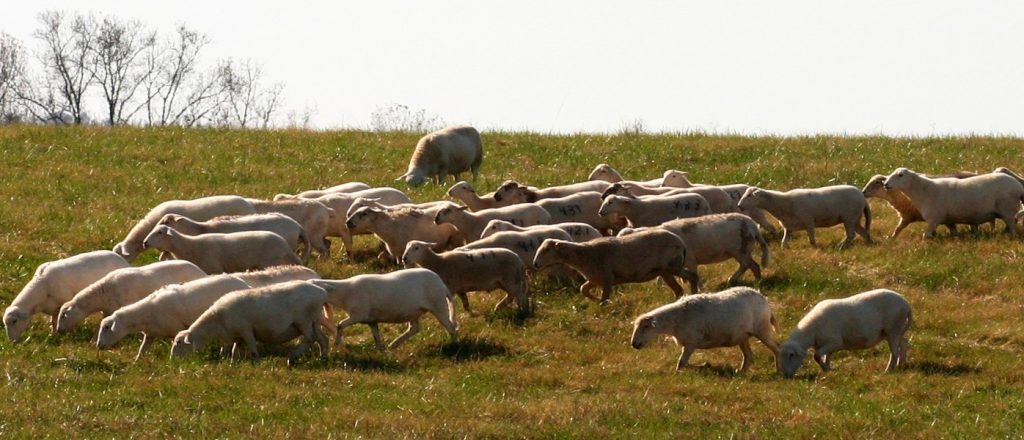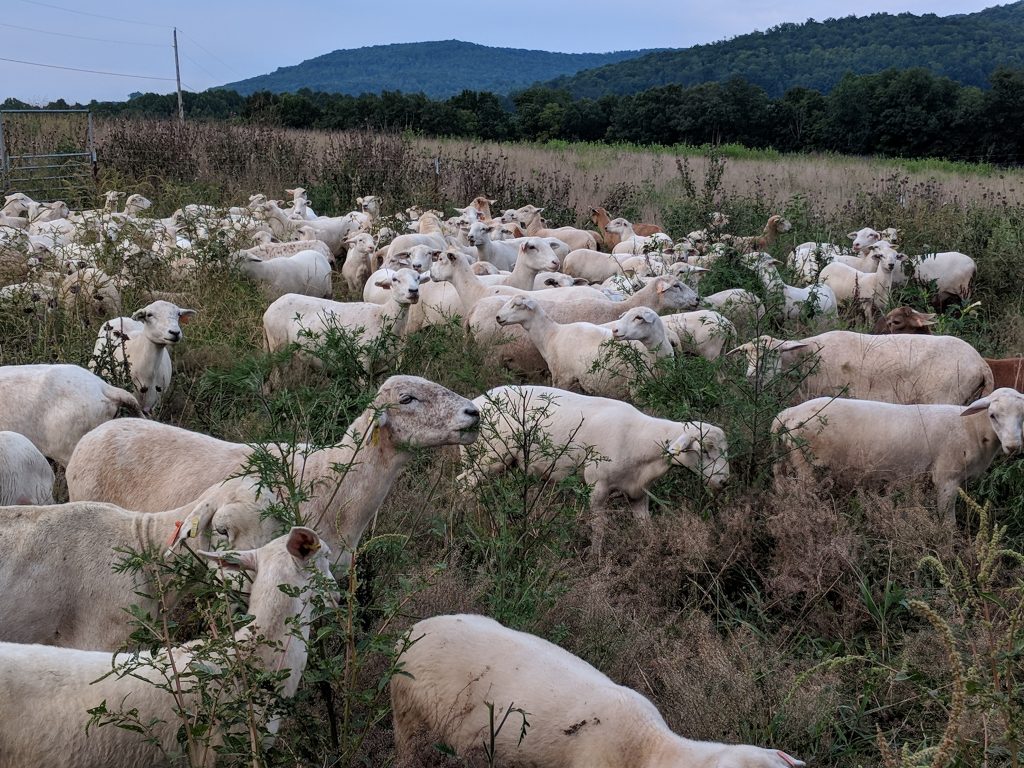Adaptable Katahdin Hair Sheep
Katahdin Hair Sheep, Why Katahdins?

- Easy Care: Katahdin Hair Sheep that naturally shed their winter coat so no shearing, crutching or tail docking required. Katahdin’s are easy to handle with good flocking instincts.
- Excellent Mothers: Kathadin ewes possess excellent mothering ability, plenty of milk, few lambing problems, and normally give birth to twins without difficulty.
- Parasite Resistant. Katahdin Hair Sheep are more resistant to internal parasites than most other breeds of sheep. Mature Katahdin’s rarely require deworming.
- Meat Quality. Katahdin’s are an early maturing, medium framed, well-muscled sheep with fast growing lambs that adapt well to a range of climactic extremes and management styles. Katahdin meat is naturally mild, lean, nutritious, and in high demand.
- Profitable: Mature ewes frequently produce and raise twins or triplets and are out-of-season breeders. Katahdin hair sheep are low-maintenance and commingle well with cattle, allowing for increased profitability for ranchers.

Katahdin hair sheep are hardy, adaptable, low maintenance sheep that produce superior lamb crops and lean, meaty carcasses. They do not produce a fleece and therefore do not require shearing. They are medium-sized and efficient, bred for utility and for production in a variety of management systems. Ewes have exceptional mothering ability and lamb easily; lambs are born vigorous and alert. The breed is ideal for pasture lambing and grass/forage based management systems.
Live weight of a mature ewe in good condition usually ranges from 120 to 160 pounds; a mature ram will weigh 180 to 300 pounds. Average birth weight of twins is about 8 pounds. Ewes and rams exhibit early puberty and generally have a long productive life. Mature ewes usually have twins, occasionally producing triplets or quadruplets. A well-managed and selected flock should produce a 200% lamb crop. Rams are aggressive breeders, generally fertile year round, and can settle a large number of ewes in the first cycle of exposure. With selection a flock can consistently lamb throughout the year. The Katahdin ewe shows a strong, protective mothering instinct, usually lambs without assistance, and has ample milk for her lambs.
Lambs produce a high quality, well-muscled carcass that is naturally lean and consistently offers a very mild flavor. Lambs are comparable to other medium-sized maternal breeds in growth and cutability. Lambs are desirable for specialty markets at a variety of ages and weights are appropriate for conventional and ethnic North American markets from 80 to 140 pounds.
The hair coat of the Katahdin varies in length and texture among individuals and can be any color or color combination. It generally consists of coarse outer hair fibers and an undercoat of fine wooly fibers that becomes very thick and longer if cold weather sets in and day length decreases. This undercoat and some hair naturally sheds as temperature and day length increase seasonally, leaving a shorter, smooth summer coat.
